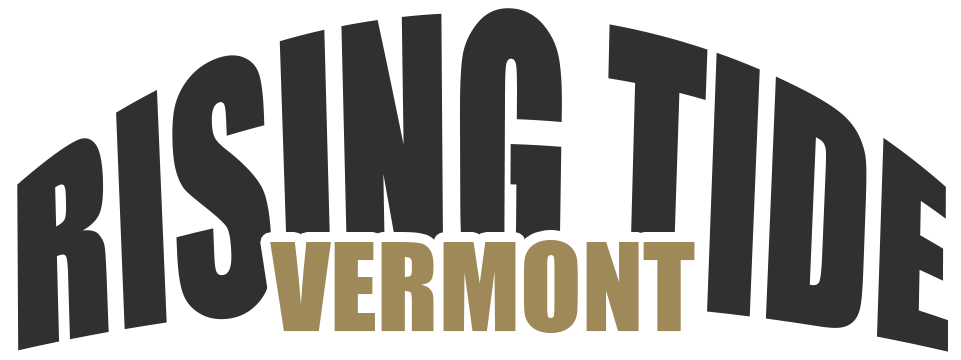The world of work is constantly changing. New technologies continuously rise to prominence and place a premium on new skills. Whether these changes happen over many years or overnight, they demand that people adjust to continue progressing in their careers.
The problem many of us encounter, though, is that continued learning doesn’t come naturally. When you were a student, you were likely more receptive to new information. You didn’t have to juggle many responsibilities or stress out over the decisions you now face as an adult.
Thus, today’s employees frequently leave the process of learning up to chance. If their job gives them an opportunity, or an employer offers to train and upskill them, they will continue to improve.
But we can all do more to push ourselves further and learn even when opportunities are limited. The secret lies in rewiring your brain to be as flexible as it was in your youth.
The barriers to learning
A low degree of educational attainment isn’t just a problem for the individual. Poorly educated students entering the workforce are less likely to provide employers with the complete set of skills desired. This leads to difficulties in the job, lowering productivity and motivation.
These things, in turn, bode ill for the economy and society in general. Thus, adults who have had to seek employment for various reasons before completing a high school or college degree are often afforded opportunities to continue learning by institutions and employers.
Yet, there are many additional barriers to learning that adults encounter. These include life events, changing relationships, and roles played within family and community. Quality of health and living and age-related factors also play a part in our persistence and retention of learning.
Clearly, making education more accessible will help encourage more adults to continue learning. But the internet already gives us access to quality resources at little to no cost. We need to focus on the internal obstacle faced by a lot of adults: the perception that we’re too old to learn.
Making the mind more flexible
We’re all familiar with the saying about teaching an old dog new tricks. And while we might not ascribe wholly to that principle, on a subconscious level, it’s easier for adults to resist or give up on learning something new.
This phenomenon has a physiological basis. Our brains possess a property called neuroplasticity. It’s based on the richness and organization of connections between neurons. Neuroplasticity and learning are linked because when we learn, our neurons form new pathways.
Unfortunately, this quality of our brains also decreases with age. In fact, it’s been observed to peak in young children. The brain of a child displays marked adaptation as they learn a new skill. However, those connections are synaptically pruned as we grow older.
The reason for this loss of neuroplasticity might be tied to the needs of adult living. Both in the modern world and prehistoric conditions, adults have to focus on the most important survival tasks. Whether it’s foraging for food or doing better at your job, you need a brain that can devote most of its resources to specific skills.

Rewiring the adult brain
In this way, the adult brain becomes wired for selective attention to what matters. It’s the underlying reason why adult learners require a different approach, called andragogy, to facilitate new information assimilation.
As the years pass, our minds grow better at picking up knowledge when it seems to matter to our lives. But at the same time, we lose our ability to remain curious about a wider variety of information. It becomes harder to learn a new skill that could advance your career, especially if those benefits lie in the future rather than the short term.
The good news is that losses in neuroplasticity can be reversed. Certain exercises can stimulate the formation of new connections. Starting piano lessons won’t just give you the ability to play a new instrument. It enhances your brain’s neural network and makes you more creative and receptive to new ideas.
Studies have also demonstrated a strong correlation between the levels of physical activity and brain neuroplasticity. By engaging in moderately intense exercise, you won’t just be getting your body into better shape. You’ll be enhancing your learning ability as well. This holds across age groups, from healthy young adults to elderly individuals.
Explore these and other activities to become a better learner. You’ll manage to overcome that internal resistance to processing new knowledge. This will make it easier to seek out and maximize learning opportunities and take your career forward regarding external factors.









